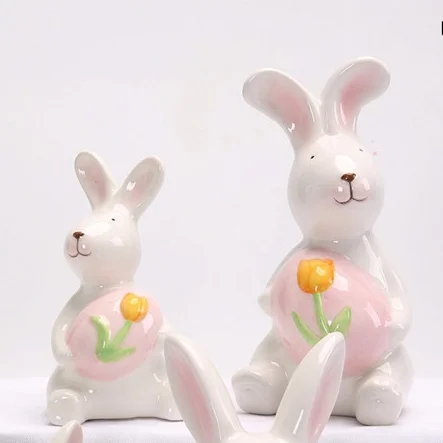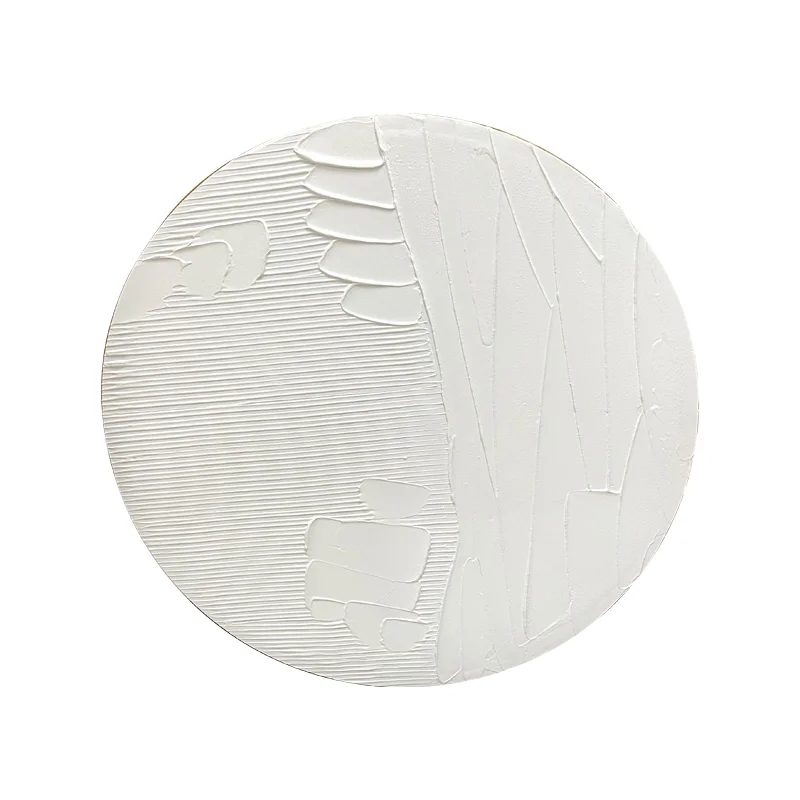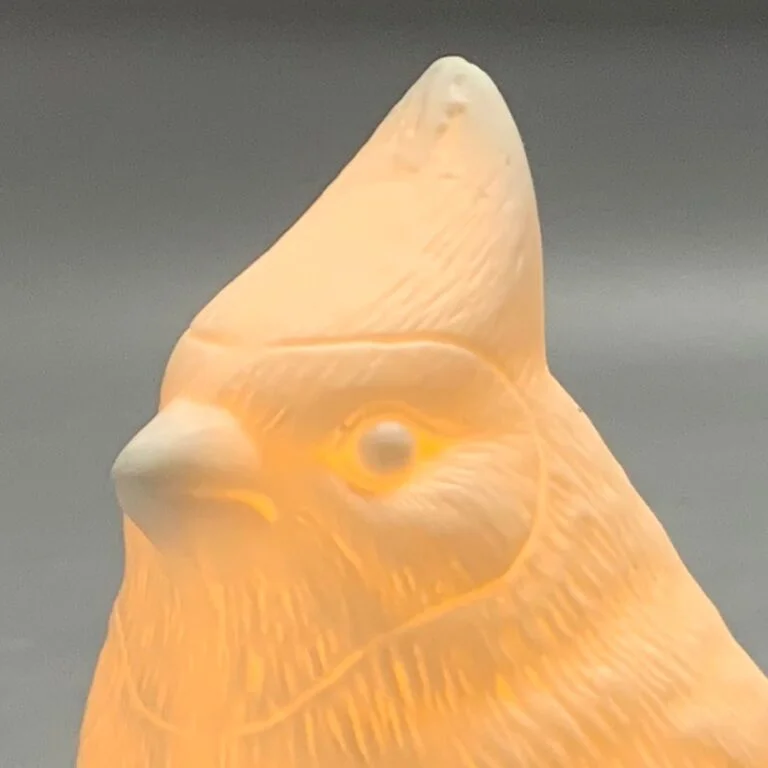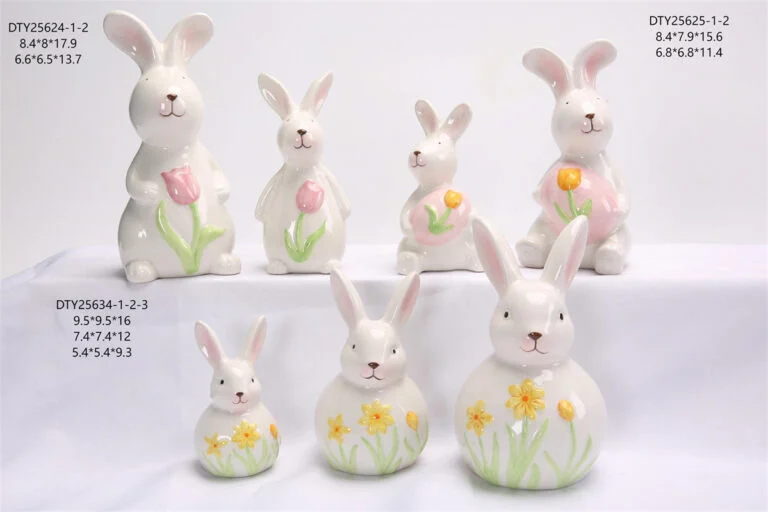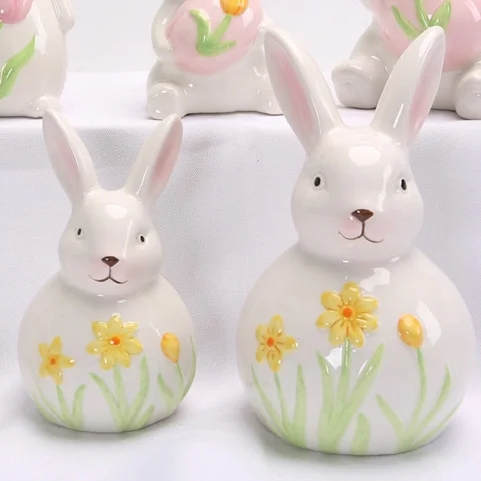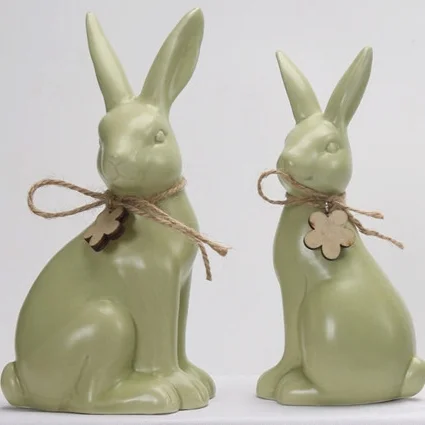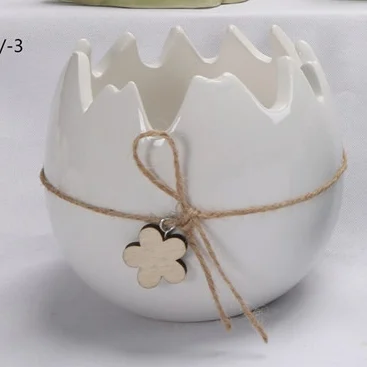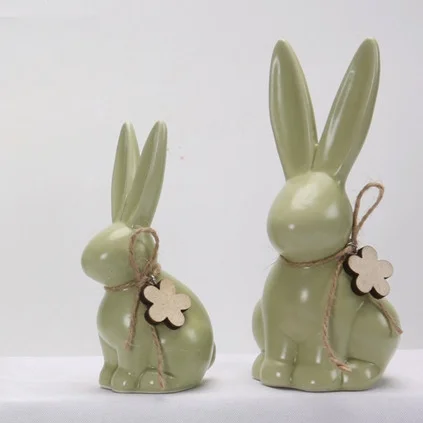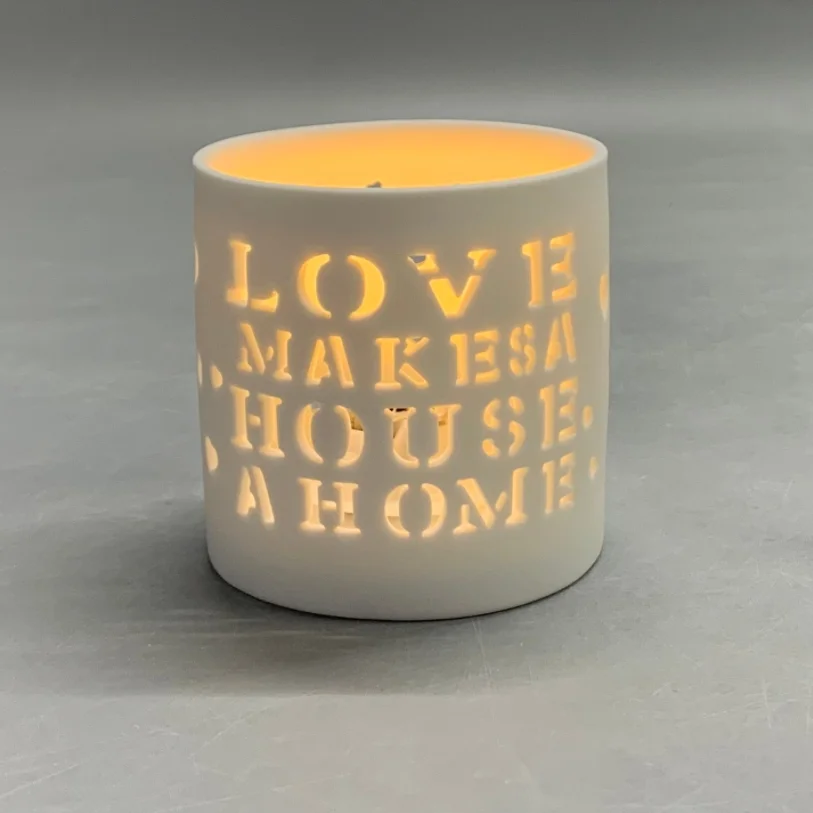Modern minimalist wall art
Modern Minimalist Wall Art: Encyclopedia Overview
1. Definition
Modern Minimalist Wall Art is a contemporary art style characterized by simplicity, clean lines, and a restrained color palette (often neutral tones like white, black, or beige). It emphasizes functionality, space, and subtlety over ornate details, making it a popular choice for modern interiors.
2. Key Characteristics
-
Simplicity: Focus on essential forms without excessive decoration.
-
Limited Color Palette: Predominantly monochrome or soft tones.
-
Geometric Shapes: Use of circles, squares, lines, and abstract patterns.
-
Negative Space: Strategic use of empty space to enhance visual balance.
-
Material Focus: High-quality, natural, or industrial materials (wood, metal, canvas, acrylic).
3. Historical Context
-
Origins: Rooted in Minimalism, an art movement from the 1960s that rejected complexity in favor of pure form.
-
Influences: Inspired by artists like Donald Judd (sculpture), Agnes Martin (painting), and Dieter Rams (design philosophy: “Less, but better”).
-
Evolution: Now blends with Scandinavian, Japandi, and contemporary interior design trends.
4. Common Types
-
Abstract Line Art: Simple yet expressive strokes.
-
Geometric Prints: Symmetrical or asymmetrical patterns.
-
Textured Panels: 3D wall sculptures in wood, metal, or plaster.
-
Typography Art: Minimalist quotes or single-word designs.
-
Framed Monochrome Art: Black-and-white photography or paintings.
5. Materials & Techniques
-
Digital Prints: High-resolution designs on canvas or acrylic.
-
Handcrafted Pieces: Wood carvings, metal cutouts, or ceramic tiles.
-
Mixed Media: Combinations of metal, wood, and paint for texture.
-
Sustainable Choices: Recycled materials, bamboo, or eco-friendly inks.
6. Applications in Interior Design
-
Living Rooms: Large-scale abstract art as a focal point.
-
Bedrooms: Serene, monochromatic pieces for relaxation.
-
Offices: Motivational minimalist typography or geometric designs.
-
Commercial Spaces: Hotels, galleries, and restaurants use it for a sleek, upscale ambiance.
7. Notable Artists & Brands
-
Ellsworth Kelly: Known for bold color-blocking.
-
Piet Mondrian (Neo-Plasticism): Influenced modern grid-based art.
-
Contemporary Brands:
-
Juniper Print Shop (minimalist nature-inspired prints).
-
Desenio (affordable Scandinavian-style wall art).
-
Etsy Artists: Customizable minimalist designs.
-
8. Buying & Styling Tips
-
Scale Matters: Large walls need oversized art; small spaces suit grouped smaller pieces.
-
Frame Choices: Slim black/white frames or frameless for a seamless look.
-
Placement: Eye-level hanging (57–60 inches from the floor is standard).
-
Lighting: Use spotlights or natural light to enhance textures.
9. Maintenance
-
Dust frames and surfaces regularly.
-
Avoid direct sunlight to prevent fading (for paper/ink-based art).
-
Use microfiber cloths for acrylic or metal pieces.
Modern Minimalist Wall Art bridges art and design, offering timeless elegance for any space. Whether DIY or high-end, its “less is more” philosophy continues to shape contemporary aesthetics.
Would you like recommendations for specific room styles?
